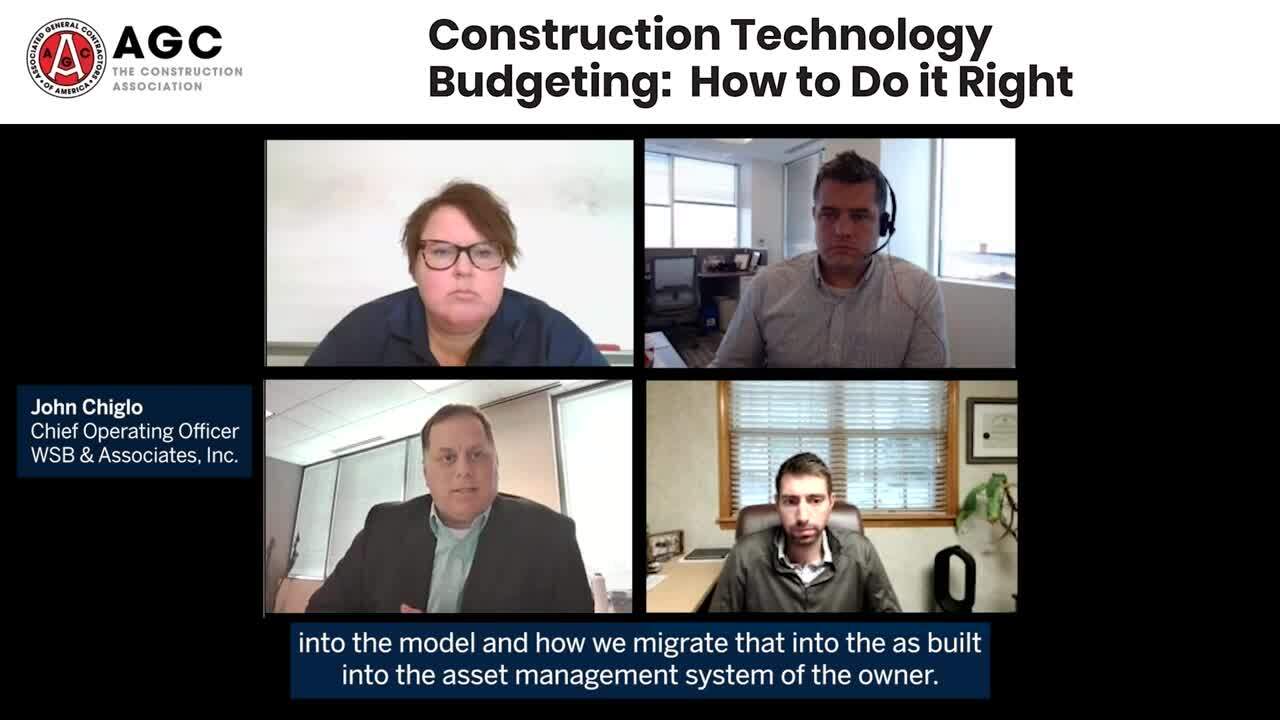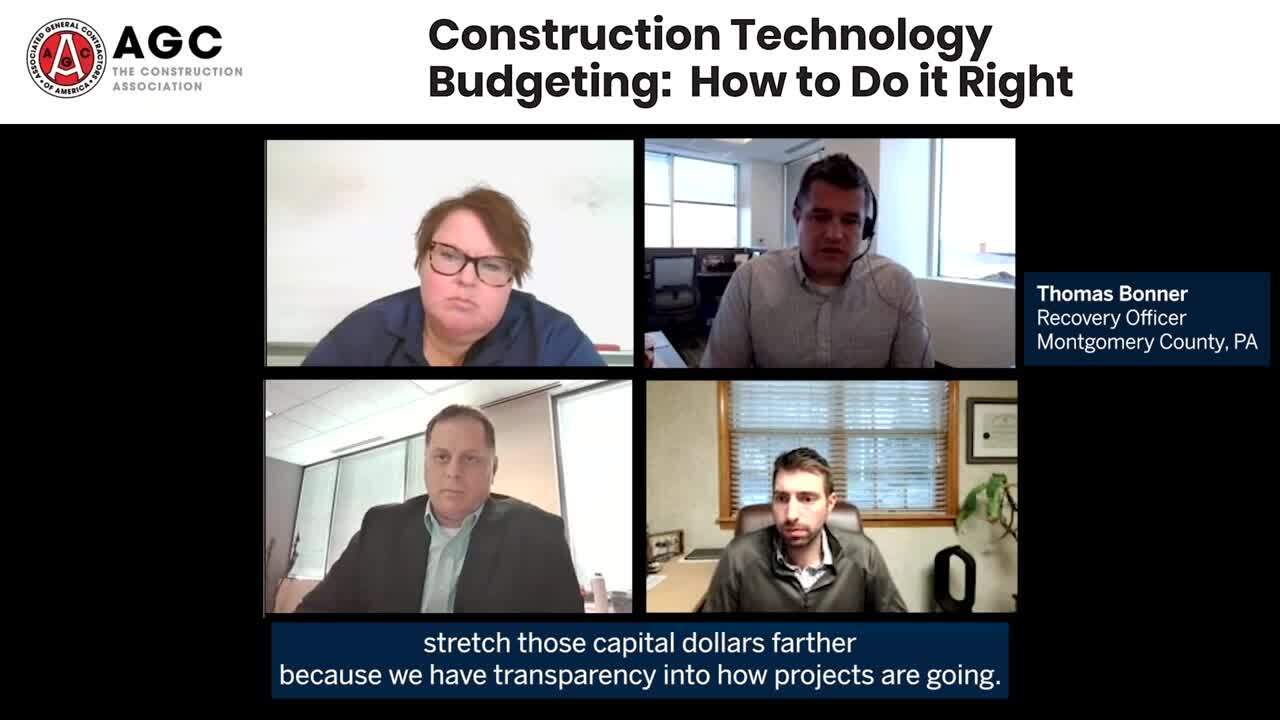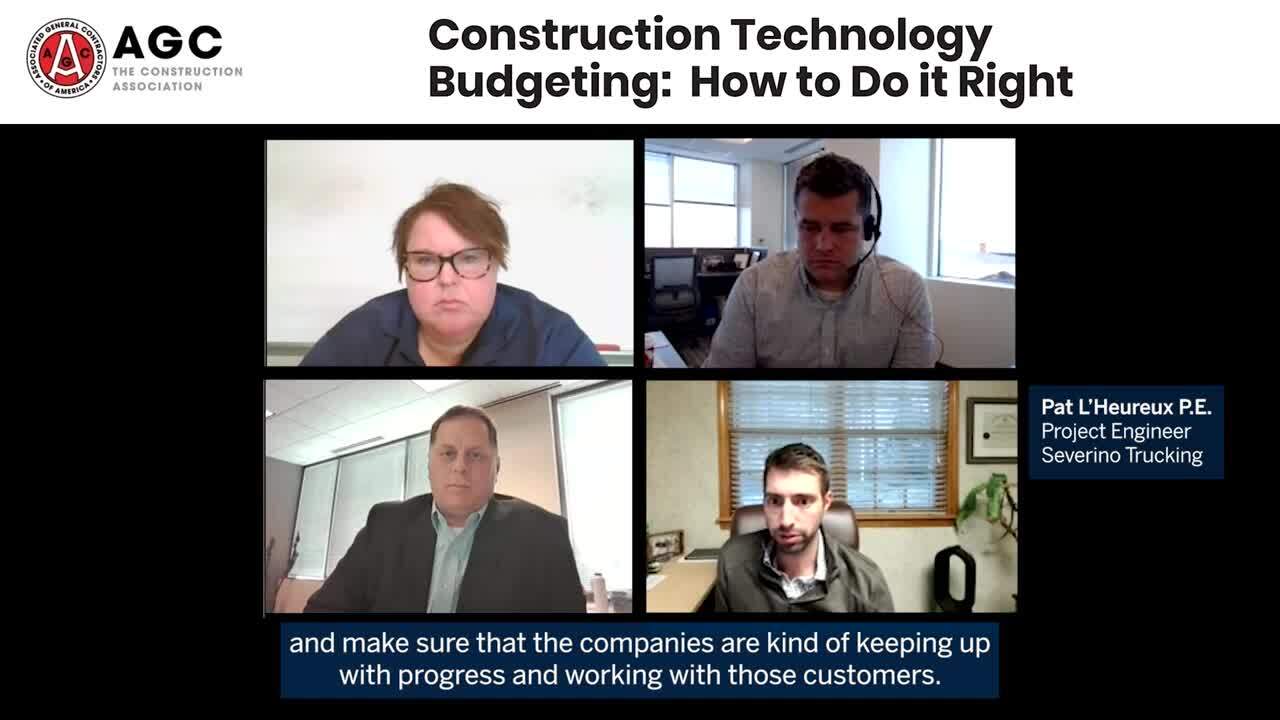What's driving construction technology spending in 2023 and 2024?
- The recession that economists have been predicting for a while has yet to become a reality.
- Yet there has been an economic slowdown as measured by GDP compared with the fourth quarters of 2020 and 2021.
- The slowdown and gloom over future economic growth are impacting businesses’ budgeting.
- The trends in construction technology planning and budgeting, however, may come as a surprise as companies strive to meet their goals.
Few construction starts
The Construction Market Forecasting Service (CMFS) 2023 second quarter edition predicted that starts would rise 2% in 2023. That level of growth is minuscule compared with 2022, when total construction starts rose 15% from the previous year.
One risk the CFMS edition put aside was the issue of raising the debt ceiling. The Dodge Construction Network Economics Group considered the impact of two debt ceiling breach scenarios conceived by Moody’s Analytics. The short breach scenario would result in starts falling by 3% in 2023 and slightly increasing in 2024. A prolonged breach would result in starts falling 14% in 2023 and 9% in 2024. Although the debt ceiling crisis was averted at the last minute, it shows how fragile the construction industry is.
With a recession looming and construction starts essentially holding even, one would expect the construction industry is tightening its belt wherever possible. However, the construction industry continues to pour money into technology. “IT budgets are set to increase in 2023, reaching a worldwide total of $4.6 trillion, a 5.1% increase over last year according to Gartner projections released in October,” notes CIO Dive.
So why are companies increasing their tech budgets?
Companies are expanding their spending on construction technology for various reasons. However, the reasons can be boiled down to an increase in efficiency. “We see efficiency being gained by advancing technology, and I don’t see us slowing down our investment in technology,” says Jon Chiglo, Chief Operating Officer (COO) at WSB & Associates, Inc. a civil engineering firm that focuses on design and consulting.
With many in the industry facing staffing issues, increasing efficiency is particularly important. Companies see technology as a way to get their work done more efficiently. WSB is realizing at least a 20% increase in capacity when rendering designs in 3D versus 2D, according to Chiglo.

During the AGC + Trimble live panel held November 2022, Jon Chiglo, COO, WSB & Associates, explains why he is not slowing down investment in construction software and hardware.
In the early days of the pandemic, McKinsey suggested that the construction industry needed to accelerate the rollout and adoption of digitization to emerge stronger after Covid-19. Spending on tech has indeed grown in the 2020s.
“Technology has been a way to address the volatility and uncertainty we’re facing which has been my attitude since 2020,” says Pat L'Heureux of Severino Trucking, an excavation contractor. Technology, according to L'Heureux has allowed the company to do more projects with a thinner crew. “If we need to slow down our purchasing power, we have tools in place to make us as efficient as possible,” and not overtax the crew.
 During the AGC + Trimble live panel held November 2022, Thomas Bonner, Recovery Office, Montgomery County, talks about being able to stretch capital dollars farther with the transparency that construction technology gives him -- a strong argument for increasing tech spend.
During the AGC + Trimble live panel held November 2022, Thomas Bonner, Recovery Office, Montgomery County, talks about being able to stretch capital dollars farther with the transparency that construction technology gives him -- a strong argument for increasing tech spend.
Paying for new technology
Inflation has squeezed budgets and affected every facet of the economy, so finding the funding to pay for new software can be difficult. How can companies incorporate new or enhanced technology into their budgets?
Subscription-based solutions offer the flexibility construction organizations need. Companies used to be tied to software that required significant upfront costs. “Having resources as subscriptions allows companies to try a product without being fully invested, almost like renting it out,” notes L'Heureux. This is particularly helpful when you only need software or a piece of technology for a brief period of time, or a particular project. “Instead of going full-in in accruing that whole upfront cost, you can use the software for really just a portion you need.”
The flexibility also provides value because subscription-type approaches enable companies to pick the types of tools that are particularly useful for them. Staff can try out multiple technologies and determine which ones will solve their challenges.
“The efficiency with which solutions that are available on a subscription model can be deployed absolutely assist with the budgeting on a public entity,” says Thomas Bonner, Director of the Department of Assets and Infrastructure for Montgomery County, Pennsylvania. “To the extent that we mitigate uncertainty … a subscription model with the contract vehicles that we have in place allow us to budget appropriately and confidently ....”

During the AGC + Trimble live panel held November 2022, Pat L'Heureux, P.E., Project Engineer for Severino Trucking, explains how the software-as-a-subscription model helps construction firms keep up with technology's progress and changes the budgeting and implementation factors for new construction tech.
Making partnerships work
Companies should be strategic when determining who they want to partner with and who can add value. The software as a subscription model enables construction companies to search for the best technology provider. Once they find a software provider that suits them, it’s important to establish relationships. This includes continually communicating with their software provider about what they want from the software. Software companies regularly innovate to meet their customers' needs. When construction companies view a software provider as a partner who can help grow business, they gain more from the relationship. In addition, switching providers is costly in terms of time spent learning the software and integrating it into business practices.
Note that it's not realistic to expect one piece of software to solve every problem. Companies need multiple applications and technologies to solve an enterprise-wide solution. According to research from the Dodge Construction Network, approximately 60% of owners, architects, GCs/CMs, and specialty trade contractors use up to five software solutions to conduct digital workflows. Between 22% and 33% of the same group (plus engineers) use 6 to 10 software solutions to conduct digital workflows.
The reason? Point solution productivity gains are not enough. Only with connected technologies can companies truly be impactful. “Making sure they [various technologies] can communicate with one another is where I see the trend moving to at this point and creating those connections between competing systems and within platforms … adds value to the three-dimensional models that we're creating…,” summarizes Chiglo.
By developing a digital strategy to help guide technology investments, companies can be wise stewards of their budgets. The strategy can also help eliminate the hodgepodge of systems that companies may accumulate. Companies benefit by stepping back and considering questions such as:
- Does this system complement/communicate with our current system(s)
- Does it advance the strategic areas we're focusing on
- Is the provider a good and innovative partner
- Is the system/software intuitive, etc.
The answers to these questions can guide construction companies on where to put their technology dollars.
"Innovation from vendors cannot halt"
Getting the most out of digital workflows also requires training and widespread usage. There are multiple players involved in a construction project. If only one company on a project is trained in and uses the software, the benefits are reduced.
If the subs, partners, and vendors are speaking the same language and using the same software, there’s increased coordination and efficiency. Bonner notes that sometimes his department has to train partners on how to use various systems the state of Pennsylvania uses. Those looking to improve their “bid-ability” should learn how to use the software systems the state uses. “At some point in the future we may say, “You have to be able to do this without training. You need to show experience working in the project management system of record.” He notes this requirement would make the department more efficient.
Similarly, L'Heureux laments that his team needs to review a digital model they developed multiple times because of the various systems (or lack thereof) that partners use. Despite the challenge of getting more of the industry acclimated to software, L'Heureux notes, “I think the innovation from our vendors … cannot halt.” A pause for people to catch up would negatively impact those who are engaged and slow them down. It’s the responsibility of those who are not up to date to engage.
Conclusion
The construction industry is facing a challenging period. The macroeconomy is very uncertain, which is negatively impacting multiple construction sectors. As the industry further incorporates technology into its processes, budgets are being stretched. The clear intention, however, is to continue to spend on technology.
The benefits of technology make the investment worthwhile. The subscription model is helping construction companies keep up their spending and allowing them to use their funds wisely.